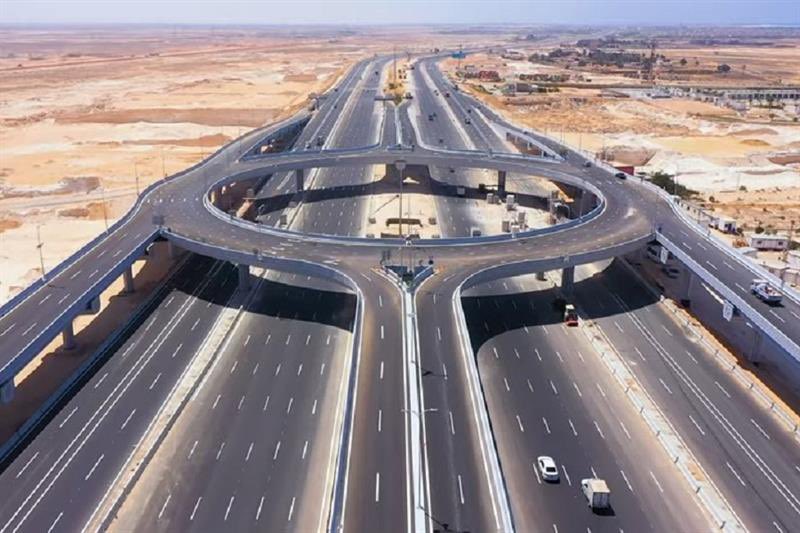Africa, a continent rich in history, culture, and unparalleled natural beauty, has often been the subject of aspirations and dreams. One such dream, fervently shared by many African nations, is the vision of a connected, unified, and seamlessly integrated continent. Enter the Trans-African Highways: a grand manifestation of this dream, epitomising Africa’s relentless march towards progress and integration.
The Genesis of the Dream
Historically, many African nations were interconnected through ancient trade routes, facilitating the exchange of goods, ideas, and cultures. However, post-colonial Africa faced the challenge of political boundaries, making regional integration and connectivity more critical than ever.
The Trans-African Highways is envisioned by the African Union and executed with the collaboration of multiple nations. It aims to rejuvenate these historic connections and create new pathways for the future.
Navigating the continent’s vast tapestry
The Trans-African Highways are not just about roads; they are about connections—between nations, economies, and peoples. Let us embark on a journey through these highways:
Trans-African Highway 1 (TAH 1) – Cairo to Dakar: 8,636 km
Linking North to West Africa, this route journeys from the iconic pyramids of Cairo, Egypt, through the landscapes of Libya, Tunisia, Algeria, Mali, and Mauritania, culminating at the breezy shores of Dakar in Senegal.
Trans-African Highway 5 (TAH 5) – Dakar to N’Djamena: 4,496 km
Carving a path through West to Central Africa, this highway winds through Senegal, Mali, Burkina Faso, Niger, and finally reaches Chad’s heartbeat, N’Djamena.
Trans-African Highway 6 (TAH 6) – N’Djamena to Djibouti: 4,219 km
From Chad’s central terrains, this route traverses Sudan and Ethiopia, finally reaching the coastal embrace of Djibouti.
Trans-African Highway 7 (TAH 7) – Dakar to Lagos: 4,010 km
Bridging West Africa, this highway winds from Dakar in Senegal through Guinea, Côte d’Ivoire, Ghana, Togo, and Benin and concludes in Nigeria’s bustling metropolis of Lagos.
Trans-African Highway 8 (TAH 8) – Lagos to Mombasa: 6,259 km
Connecting Nigeria’s heartbeat, Lagos, this journey stitches together the terrains of Cameroon, Central African Republic, Congo, and Uganda and culminates in Kenya’s coastal jewel, Mombasa.
Trans-African Highway 9 (TAH 9) – Beira to Lobito: 3,523 km
This southern highway starts in Beira, Mozambique, and meanders through Zambia and the Democratic Republic of the Congo before reaching the serene shores of Lobito in Angola.
Trans-African Highway 2 (TAH 2) – Algiers to Lagos: 4,504 km
From Algiers, Algeria’s Mediterranean jewel, this route traces the Sahara through Niger, finally reaching the vibrant pulse of Lagos, Nigeria.
Trans-African Highway 3 (TAH 3) – Tripoli to Windhoek, potentially extending to Cape Town: 10,808 km
From the historic allure of Tripoli, Libya, this extensive route touches Chad, Cameroon, Congo, Angola, and Namibia, with a potential stretch to Cape Town, South Africa.
Trans-African Highway 4 (TAH 4) – Cairo through Gaborone to Pretoria/Cape Town: 10,228 km
Embarking in Egypt’s Cairo, this route celebrates Africa’s rich tapestry through Sudan, Ethiopia, Kenya, Tanzania, Zambia, Botswana, and finally, South Africa.
READ ALSO: Lamu Port-South Sudan-Ethiopia-Transport) LAPSSET corridor
The greater implications of the Trans-African Highways
Beyond the physical connections, the Trans-African Highways are facilitating socio-economic growth, promoting inter-regional trade, and fostering a sense of shared destiny among African nations. By alleviating transport bottlenecks and facilitating the movement of goods, these highways are becoming catalysts for regional economic hubs, thus stimulating local economies and creating job opportunities.
Moreover, these highways symbolise the African spirit of unity and collaboration. They stand as a testament to what can be achieved when nations come together with a shared vision and purpose.
The Trans-African Highways are more than mere infrastructural marvels; they embody the aspirations of a continent yearning for unity, growth, and a shared future. As these highways continue to expand, they are not just paving the way for vehicles but also for the dreams and aspirations of millions of Africans. The journey has only just begun, but the destination is clear: a connected, integrated, and prosperous Africa.

Leave a Reply